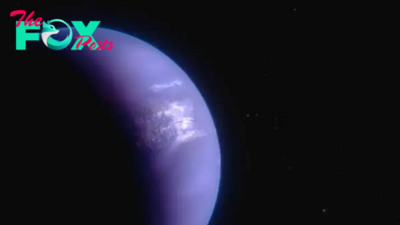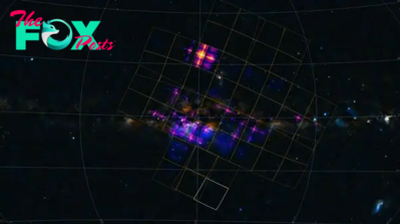Science
Annular solar eclipse 2024: Everything you need to know about the next solar eclipse
Now that the "Great North American Eclipse" is over, you may be itching for the next opportunity to witness another celestial marvel. So when is the next solar eclipse?
The next total solar eclipse is more than two years out, on Aug. 12, 2026, in Greenland, Iceland and Spain. However, on Oct. 2, 2024, a "ring of fire" annular solar eclipse will pass over parts of the Pacific Ocean, southern Chile and southern Argentina.
Whereas 43.8 million people were able to experience totality for the April 8, 2024, eclipse in North America, only 175,000 people will have that opportunity for the Oct. 2 annular solar eclipse, according to Time and Date. The paths of both eclipses cross in the Pacific Ocean.
Related: Eclipse from space: See the moon's shadow race across North America at 1,500 mph in epic satellite footage
During an annular solar eclipse, it is NEVER safe to look directly at the sun without solar eclipse glasses designed for solar viewing.
So, ready to go eclipse chasing? Here's everything you need to know about the annular solar eclipse on Oct. 2, 2024, in Chile and Argentina.
What is an annular solar eclipse?

The Oct. 2 eclipse will be very similar to the annular solar eclipse on Oct. 14, 2023, which was visible across the U.S. Southwest, Central America and South America. All solar eclipses occur when a new moon is positioned precisely between Earth and the sun and casts its shadow on Earth. However, unlike a total solar eclipse, an annular solar eclipse occurs when the moon is slightly farther from Earth. So, even when the disks align from our perspective, the moon's shadow doesn't completely block out the sun's light. Instead, a ring of sunlight is visible around the moon.
-

 Science15h ago
Science15h agoNo, the James Webb Space Telescope probably didn't detect signs of alien life — but it soon could
-

 Science1d ago
Science1d ago'You certainly don't see this every day': Ultra-rare backward-spinning tornado formed over Oklahoma
-

 Science1d ago
Science1d agoAsteroid that exploded over Berlin was fastest-spinning space rock ever recorded
-

 Science1d ago
Science1d agoEnormous 'San Andreas fault' on Saturn's moon could help reveal signs of alien life
-

 Science1d ago
Science1d ago'We were amazed': Scientists find hidden structure in nebula captured by James Webb telescope
-

 Science1d ago
Science1d agoSun's chaotic peak triggers record-breaking 'global auroras' on Mars
-

 Science2d ago
Science2d agoWhat would happen if the moon disappeared tomorrow?
-

 Science2d ago
Science2d agoSee up to 50 'shooting stars' per hour as the Eta Aquarid meteor shower peaks this weekend

























